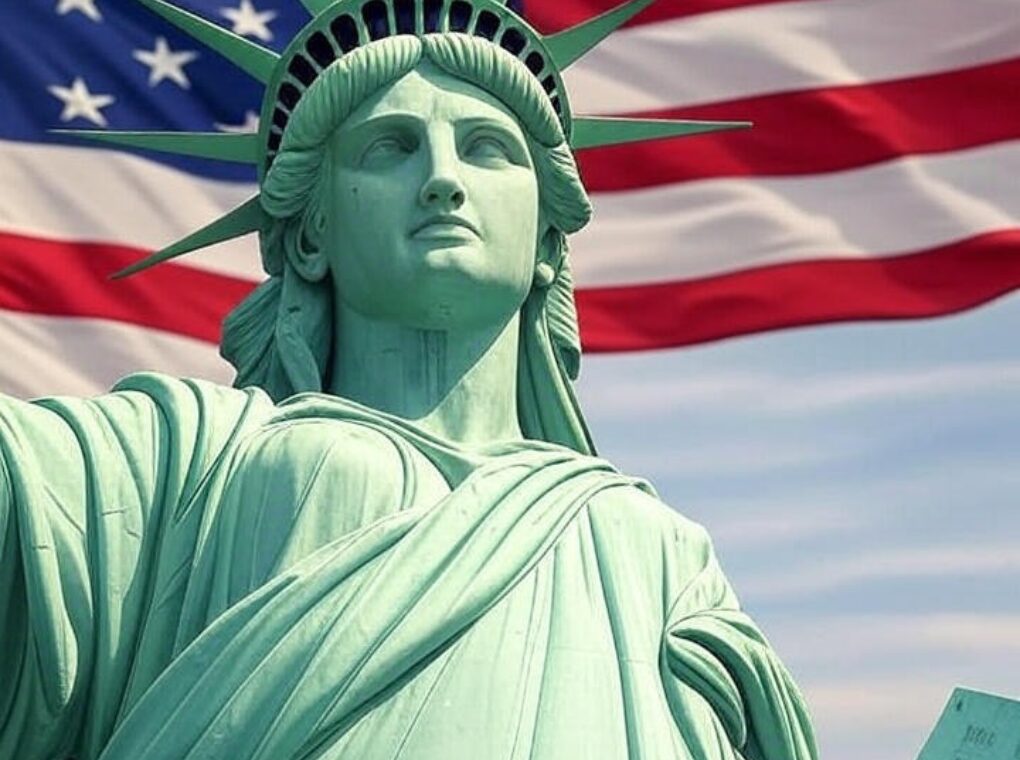As the United States celebrates its 249th Independence Day, the nation remains the world’s most powerful country—economically, militarily, and in terms of global influence. Yet, beneath the fireworks and patriotic fervor, America’s global standing is facing unprecedented challenges.
Long-standing alliances are under strain, new power blocs are emerging, and the very nature of international leadership is being redefined in an increasingly multipolar world.
America’s Enduring Power—But Waning Influence?
Despite persistent anxieties at home, the United States continues to top global rankings for power and influence in 2025. With a GDP of $27.4 trillion, unmatched military spending, and a network of alliances stretching from NATO to the Indo-Pacific, America’s structural advantages remain formidable. U.S. technology giants, world-class universities, and cultural exports further cement its global reach. Most Americans still see their country as the leading military power, and nearly half consider it the top economic force.
However, this dominance is increasingly contested. According to recent international surveys, America’s reputation as a positive global force has declined in 26 out of 29 countries surveyed, with China now seen as a more positive influence for the first time in a decade.
The perception gap is especially stark among traditional allies in Europe and Canada, where confidence in U.S. leadership has eroded amid shifting foreign policy priorities and growing American inwardness.
Shifting Alliances and the Rise of New Power Blocs
The world order is no longer unipolar. While the U.S. retains its primacy, the rise of China, the resurgence of Russia, and the assertiveness of middle powers like India, Saudi Arabia, and Israel are redrawing the global map.
China, with the GDP of $19.23 trillion is now the world’s second-largest economy and a technological powerhouse, is leveraging its Belt and Road Initiative and growing military reach to expand its sphere of influence, particularly in Asia and Africa. Russia, despite economic sanctions and demographic decline, remains a formidable military actor and energy supplier, especially in Eurasia.
Meanwhile, regional blocs are gaining clout. The European Union, despite internal divisions, is pushing for greater strategic autonomy. The Indo-Pacific is witnessing the rise of security partnerships like the Quad (U.S., Japan, India, Australia) and AUKUS (U.S., UK, Australia), aimed at counterbalancing China.
In the Middle East, Saudi Arabia and Israel are asserting themselves as regional pivots, while new alignments are emerging among Gulf states, Turkey, and Iran.
Challenging and Recalibrating Old Partnerships
America’s traditional alliances are under pressure. In Europe, U.S. relations with NATO partners have been tested by disputes over defense spending, trade, and approaches to Russia and China. The Trump administration’s “America First” policies and transactional diplomacy have left some allies questioning the reliability of U.S. commitments, even as Washington continues to anchor NATO and lead on Ukraine.
In the Indo-Pacific, America’s pivot has deepened ties with Japan, South Korea, and Australia, but also exposed differences—particularly with India, which seeks strategic autonomy and maintains independent relations with Russia and Iran.
Even as the U.S. builds new coalitions, it must navigate a landscape where partners are less willing to follow Washington’s lead unquestioningly and more likely to pursue their own interests.
America’s Role in a Multipolar World
The defining feature of the new world order is complexity. The U.S. remains the indispensable nation, but it is no longer the uncontested hegemon. Power is more diffuse, and influence must be earned rather than assumed. America’s ability to set the global agenda is increasingly shaped by its willingness to engage multilaterally, adapt to new realities, and invest in both hard and soft power.
Domestically, Americans are divided over the country’s role in the world. While most still see the U.S. as a leader, a growing share believe its influence is waning. Partisan divides color perceptions of America’s strength, with Republicans more likely to see the U.S. as dominant and Democrats more attuned to relative decline. This polarization complicates the task of forging a coherent foreign policy.
Looking Ahead: Renewal or Retreat?
As America marks another July Fourth, it stands at a crossroads. The country’s enduring strengths—economic dynamism, military might, innovation, and alliances—are real, but so are the challenges of a more fragmented, competitive world.
The choices the U.S. makes now—whether to rebuild trust with allies, invest in global partnerships, and adapt to new power realities—will determine whether it remains at the center of world affairs or cedes ground to rising powers.
The fireworks may light up the sky tonight, but the real test for America’s global standing lies in the difficult work of diplomacy, alliance-building, and leadership in a world that is no longer defined by American primacy alone.
